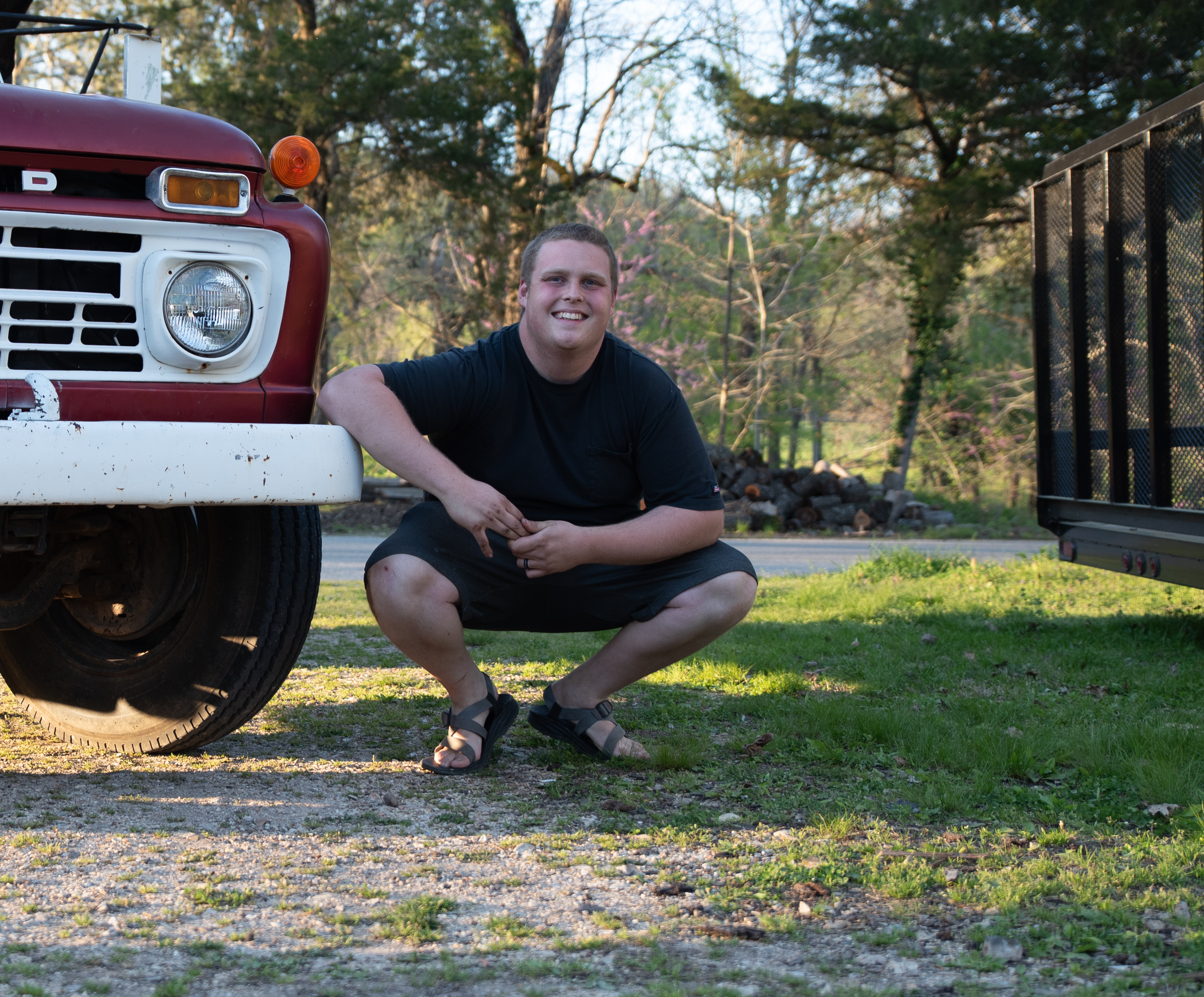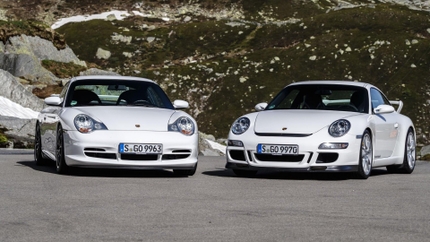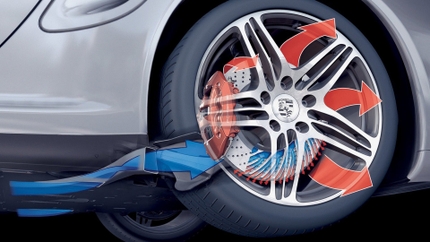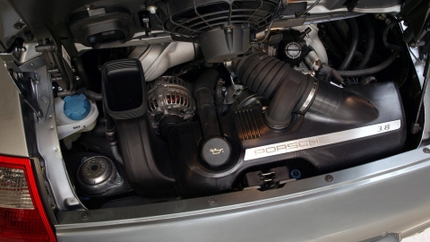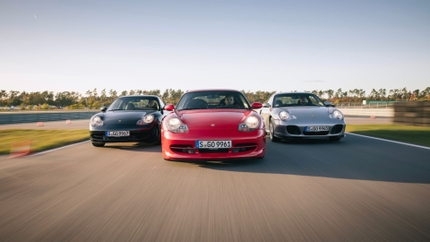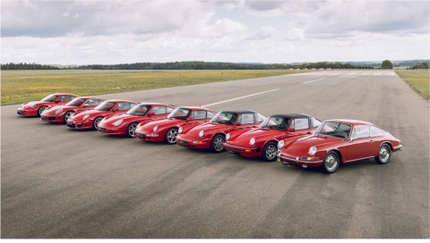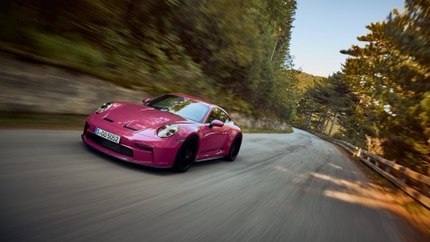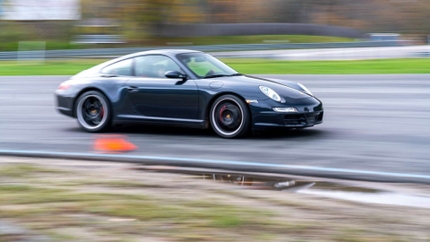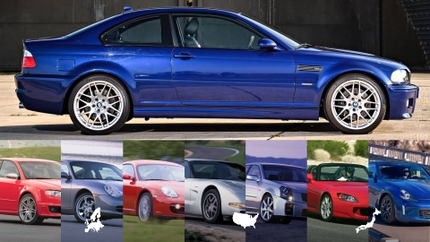Like most Porsches, the Cayenne was developed and manufactured to be used regularly. As such, it’s a plenty-capable daily driver for those who want more flair than the average SUV provides with all the convenience and utility. Porsche Cayenne reliability is fairly consistent across the board, from first-generation models (2003-2010) to second-generation (2011-2018) to brand new third-generation, off-the-showroom-floor examples. This is especially true for used Cayennes that have been taken care of with proper maintenance throughout their days on the road.
Read Our Porsche Cayenne Guides
Porsche 955/957 Cayenne Buyer's Guide
Porsche 955/957 Cayenne Engine Guide
Porsche 955/957 Cayenne Transmission Guide
Porsche 955/957 Cayenne Suspension Guide
Porsche 955/957 Cayenne Interior Guide
Porsche Cayenne Engine Reliability
Starting with the Cayenne’s first year of production in 2003 and lasting until 2010, base models were powered by Volkswagen-designed, 3.2-liter V6 engines. While the intake manifolds were unique to Porsche, these lumps were largely comprised of VW parts and featured two cylinder banks sharing only one cylinder head. They’re known as VR6 engines and they were used reliably in a long list of applications. Water pump and timing chain problems are the main reported issues for these power plants though with normal maintenance, they can push or exceed the 200,000-mile mark.
Early Cayenne Turbo models with the 4.5-liter twin-turbo V8 suffered problems with cracked plastic coolant pipes, which can leak coolant onto the engine and force it to overheat. Most of these plastic pipes have been updated to aluminum. If you find a model still retaining the plastic coolant pipes you will want to replace them right away. These issues were not present on the Cayenne’s 4.8-liter engine, which the S, GTS, and Turbo adopted in 2008, leaving behind the coolant pipe problems.
One thing to look out for on the 4.8-liter engine is the failure of the air/oil separator (also known as the PVC valve). This is part of the Porsche Cayennes emissions system, and when it fails, it can result in a minor annoyance to a major issue that needs to be addressed. When it starts to fail, you want to watch oil consumption, smoking from the exhaust pipes, rough idle, and a related check engine light. This part isn't too expensive if it needs to be replaced, running somewhere in the $200 range.
U.S. News & World Report rated overall reliability for the first-generation Cayenne at 3.5 out of 5.
Second-generation base Cayenne models used V6 engines similar to first-gen models, though they were upsized to 3.6 liters. With the designs being largely the same, they had a similar reputation for reliability with few problems but more horsepower—296 compared to the 3.2-liter’s 250. The major difference of these two engines, minus the obvious increase in displacement, was the addition of direct injection.
A twin-turbo 3.6-liter V6 was introduced in 2015 for the Cayenne S. Porsche continued to expand on turbo technology going forward, further perfecting the power plants and making them impressively reliable as well as potent in the process.
Some automatic gearbox issues were reported for early second-gen models, according to WhatCar, so it’s important to perform a test drive before signing any paperwork on one. What you’re looking for is hard shifts typically in second and third gear as well as the transmission occasionally popping out of gear momentarily when setting off. These gearbox issues are not unique to the Cayenne, as the Warner Aisin transmission was used. These are known for valve body failures that require rebuilt units to be replaced at a typically hefty price tag of $1500-$2500 for parts and labor.
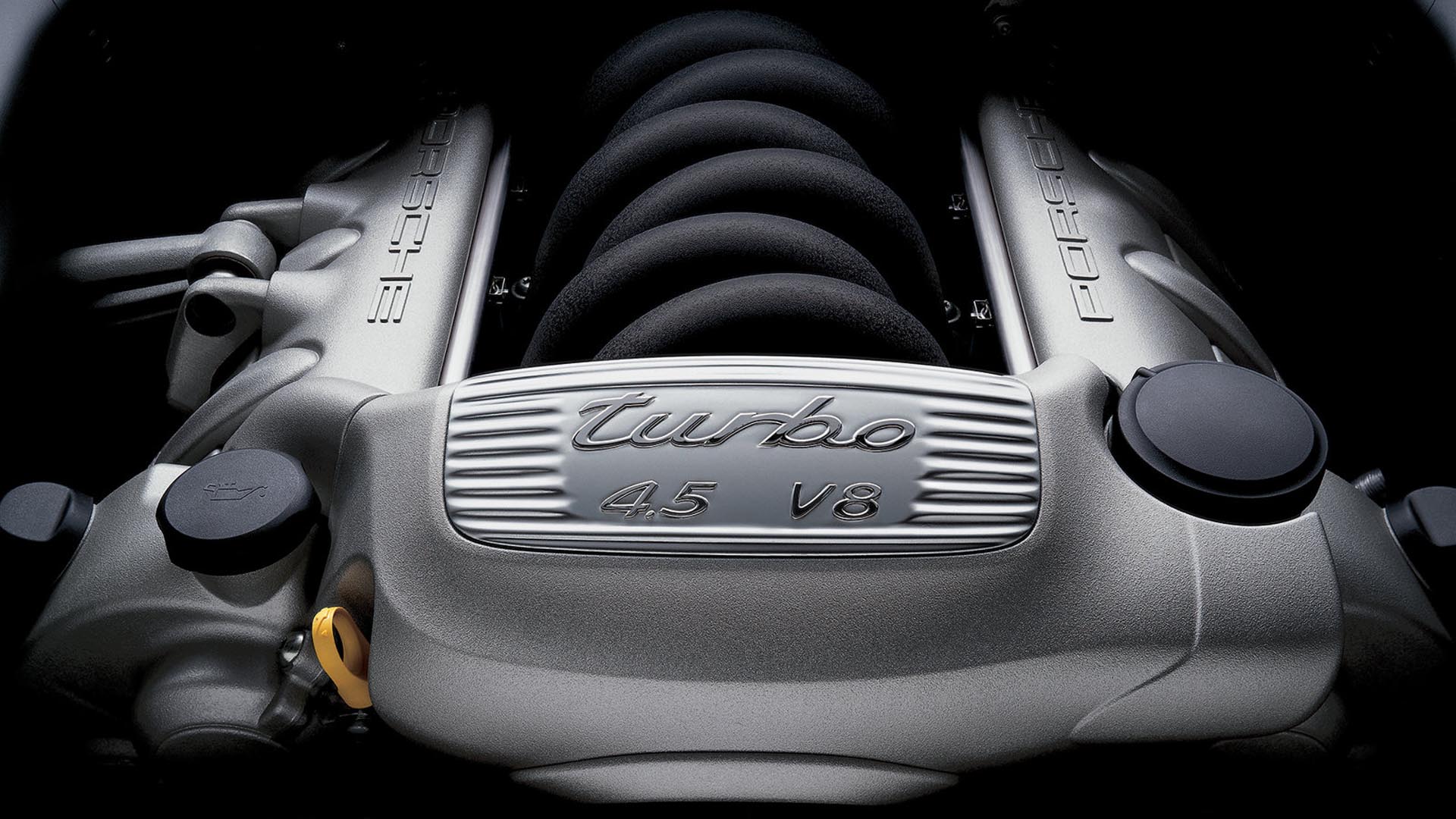
Finally, the third- and current-generation kicked off with the 2019 model year. Every engine in the Cayenne lineup is now turbocharged, starting with the base 3.0-liter V6. This unit is shared with various models in the Volkswagen family and seems to be holding up well just three years into its production run. The same goes for Porsche’s more powerful offerings, too, like the Cayenne GTS’s 2.9-liter twin-turbo V6 and the Turbo’s 4.0-liter twin-turbo V8.
As with any car, it’s important to make sure that any used Porsche Cayenne has had its oil changed regularly and with the proper oil for the specific engine it has equipped. If you’re unsure which oil and how much your Cayenne requires, use our “My Garage” vehicle selection tool on FCPEuro.com.
Porsche Cayenne Body and Interior
Although Cayennes share many parts with their VW siblings like the Audi Q7, they still deliver on the fit-and-finish you expect from Porsche. Interior appointments are high-quality and continue to improve from one generation to the next. Genuine materials like Alcantara in later models provide a premium feel while also holding up to normal use. Earlier infotainment systems can be a bit finicky, though not any more than other 15-plus-year-old setups.
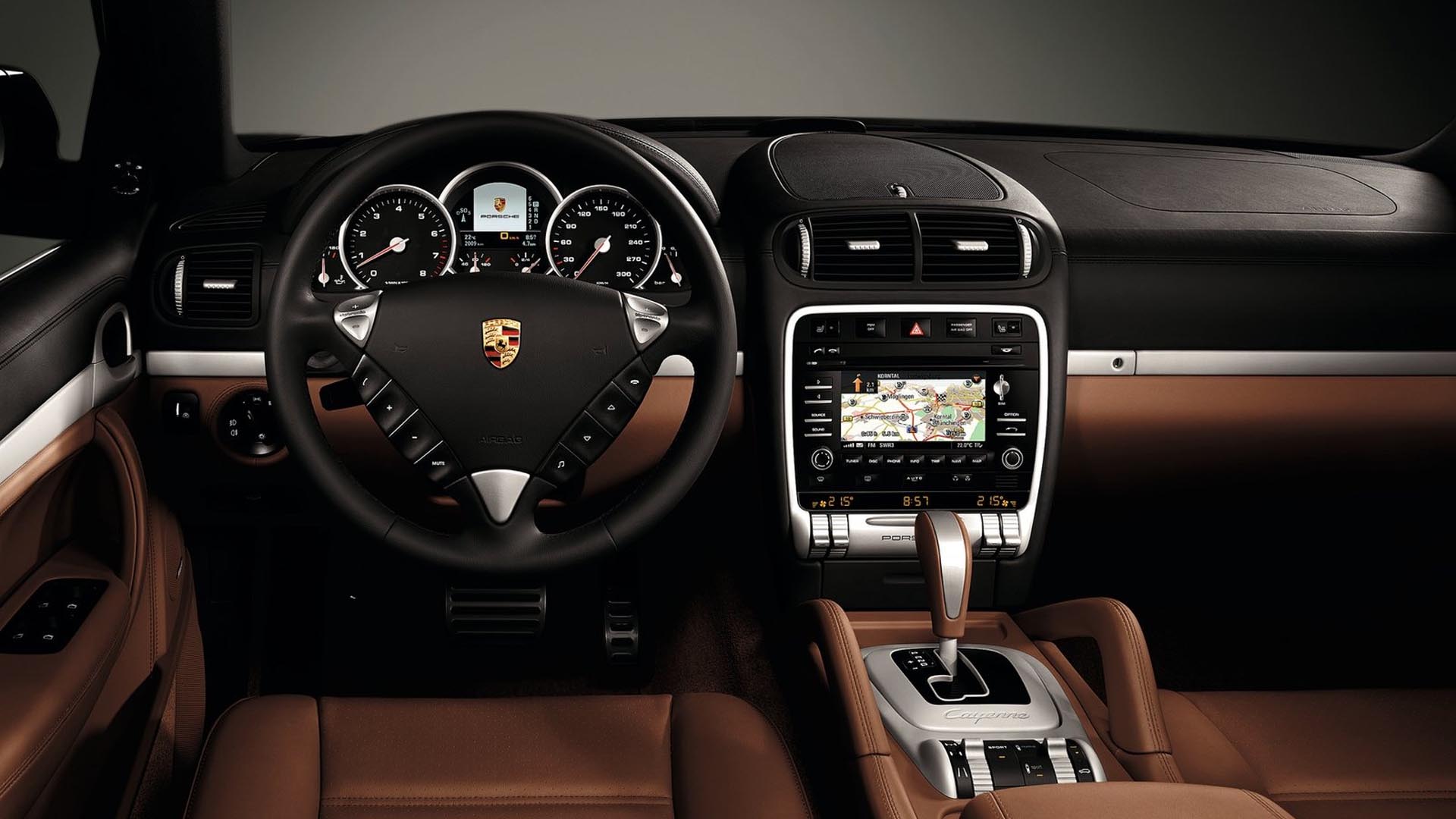
Early Cayennes are steel-bodied and not particularly prone to rust, though it’s always good practice to check panels that are subject to collecting water and road salt in snowy states. Third-gen Cayennes have bodywork made from a mix of aluminum and steel, the latter of which is stronger and used in areas that require high structural rigidity. Meanwhile, the roof, floorpans, doors, and other panels are composed of aluminum, which is lightweight and just so happens to be virtually rustproof.
Although it doesn't cause the chassis to rust usually, you have to watch out for undercoating clogging the drains in the rocker panels. When clogged, water can build up in the rockers and eventually make its way into the cabin. There, the water soaks the body wiring harness causing a multitude of difficult to trace issues. It's essentially like buying a flood car without the signs of the car ever being flooded.
Porsche Cayenne Mechanicals
The Cayenne, being a German car and a Porsche at that, has some complex systems that can go wrong if not properly cared for. While the engine, interior, and bodywork are all fairly straightforward, advanced electronics pose the potential for problems. The main components worth noting are air suspensions components that can leak over time and become costly to repair. As pointed out by WhatCar, the pump can also become less efficient and need a boost to properly manage the vehicle’s ride-height.
Other things to look out for are various gasket leaks on high-mileage models and vibration under acceleration which could indicate a worn driveshaft flex disc and center bearing.

Porsche Cayenne hybrid models have proven to be reliable to this point, though as years pass by, it’s a good idea to make sure all the drivetrain components engage like they should and don’t make any unusual noises or jerking movements. The batteries on these models should be tested, and we advise a more extensive pre-purchase inspection by a shop or dealer familiar with hybrid models before purchasing one.
Porsche Cayenne Annual Maintenance Cost
The yearly cost to maintain a Porsche Cayenne falls at $1,231, according to RepairPal. This is driven up by potential major services such as head gasket and turbocharger replacements. If you maintain it yourself, however, that price can be reduced drastically as dealers apply a significant upcharge on work of all sorts.
Cayennes are big heavy SUVs, and because of that, they go through brakes and control arms quite frequently. Another great way to save money on the maintenance of these German SUVs is to replace the brake pads and rotors yourself. When to replace your Porsche's brakes and with what parts are covered here.
Parts are only a fraction of the cost of what you pay when you go to a dealer. To find out what the parts will actually cost you, use the “My Garage” tool on the FCP Euro homepage to add your vehicle. Then, you will be shown only the parts applicable to your car. From there, choose the ones you need. Another added benefit of buying the parts from us and doing the repair yourself is that you can make use of our Lifetime Replacement Guarantee. If those parts you replaced should wear out or fail again, you can simply order new ones and replace them for free—just another way to drastically reduce the cost of maintenance and ownership of your Porsche Cayenne.
If you are thinking about buying a used Porsche Cayenne, or if you recently have, and have any tips, comments, or questions, leave them in the comments section below. And if you’d like to read more Porsche guides, DIYs, news, and features, check out our Porsche hub at porsche.fcpeuro.com.

